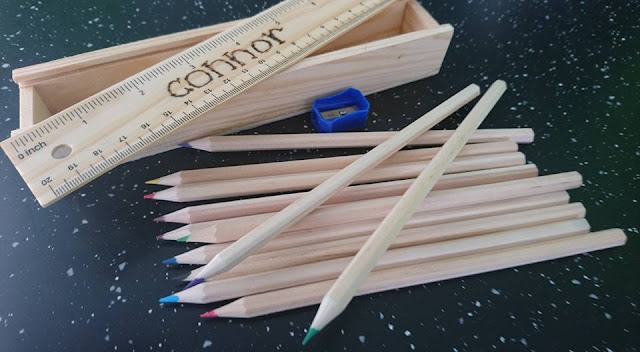visual impairment support how to help child
Supporting a Child with a Visual Impairment
Another of my leaflets that I designed ready for an Ofsted Inspection so that my colleagues had strategies to hand to support a child with a Special Educational Need barrier, and thus enable them fully to achieve
This is about supporting a child with a Visual Impairment.
A visual impairment can greatly affect the way a child will learn and also how they are within the school environment.
It makes them vulnerable to many things.
There are a number of things that you, as someone who supports the child, can do to minimise the possible disadvantage to any of your children who may have a visual impairment. For these children the most critical elements of a lesson will be the way you present visual information, in essence this means your board work (including projected images such as an interactive white board) and the learning materials that you present to your children in the form of textbooks, worksheets and handouts.
Most students who transfer in Year 7 and have a visual impairment will have support from Sensory Support with regards to their vision.
This is usually done by way of either an annual or termly review in accordance with the severity of their impairment. A plan is usually put in place with strategies to support the individual pupil. Copies of these plans are with the SEN departments and are given to tutors when a child arrives.
Strategies to support a child
- Follow any instructions that have been left by Sensory Support as these will give the best ways in which to support the individual.
- Make your classroom as visually comfortable as possible.
- When planning lessons think about how to best reduce the visual demands you make on the visually impaired child both physically and also in terms of the style of teaching you are doing.
- When photocopying provide an enlarged copy if appropriate.
- Make sure that the quality of the whiteboard is good. Distractions can affect the visually impaired child's focus ie dirty or disty.
- Remember that a visually impaired pupils vision can be affected by glare so sit them in a suitable place in the class.
- Allow the child to write in a printed style rather than expect joined up handwriting as this is often easier for them to focus on.
- Use dark coloured pens when wriring on the boards and avoid where possible using pens that are running out of ink.
- Where possible a sloping board may be used.
- Ensure that the child is sitting correctly as their posture can affect their quality of focus and vision.
- Non verbal communication may be lost on a visually impaired child. Always use their name to gain their attention.
- There are many eye conditions that will result in eye strain or headaches if a child has to concentrate over a sustained period of time. Allow time out and rest periods.
Useful webpages
- www.lighthouse.org
- www.lbcam.org.uk
- www.visuallyimpairedchildren.com
- www.victa.org.uk
- www.wiguide.com













No comments